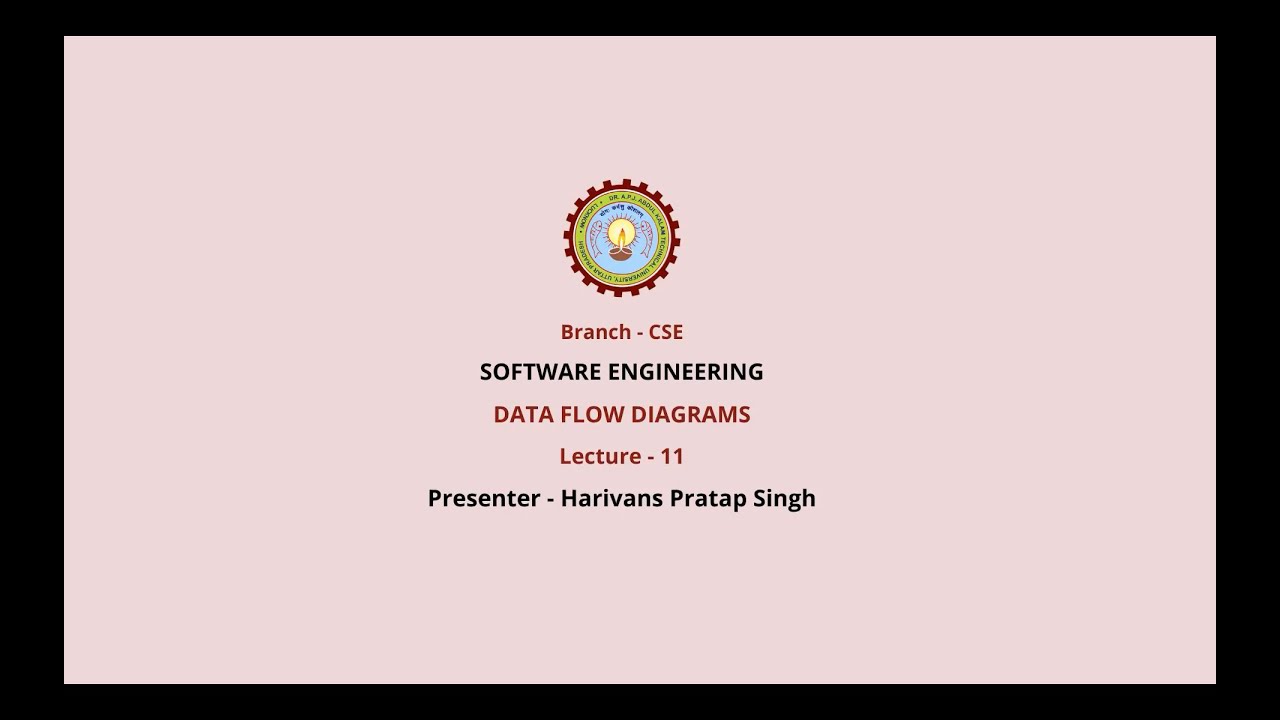SUMBER-SUMBER PENAWARAN MODAL
Summary
TLDRThe speaker discusses the sources of capital for a company, distinguishing between internal and external sources. Internal sources include retained earnings and depreciation, while external sources encompass borrowings and equity. The speaker also covers the concept of retained earnings being reinvested at a rate higher than the cost of capital for emergency preparedness or expansion. Additionally, the script touches on the differences between foreign and domestic capital, emphasizing the varying interests and influences of stakeholders. The speaker concludes by explaining the direct and indirect transfer of capital and encourages further research on the topic.
Takeaways
- 💼 The discussion is about sources of capital provision for a company, presented by a financial manager named Aries.
- 🏦 Internal sources of capital include retained earnings, which depend on dividend policies and plowing back profits.
- 💹 External sources of capital can come from suppliers, banks, and capital markets.
- 📈 Retained earnings should ideally be invested at a rate higher than the cost of capital to prepare for emergencies or expansion.
- 📊 Depreciation is a value that depends on the method used by the company and is used to replace assets.
- 🌐 There are two types of external capital: foreign capital, which is primarily concerned with the interests of creditors, and owner's capital, which is interested in the continuity and safety of the company.
- 📋 Owner's capital can influence company policy, while foreign capital is temporary and works together within the company.
- 💵 Capital can also be obtained from suppliers in the form of credit sales, from banks as credit institutions, and from capital markets where shares are bought and sold.
- 🏢 The creation of money or credit by banks is a form of capital provision, where banks lend out deposited money to create a multiplier effect.
- 🔄 There are direct and indirect methods of capital transfer; direct involves giving capital directly to the company, while indirect involves going through financial institutions like banks or finance companies.
- 📝 The session concludes with a reminder to complete the assigned tasks and a greeting in Arabic, indicating the cultural context of the discussion.
Q & A
What is the main topic of the discussion in the transcript?
-The main topic of the discussion is about the sources of capital and how they are structured, including internal and external sources.
What does 'Intan' or 'Internal Storage' refer to in the context of the transcript?
-In the context of the transcript, 'Intan' or 'Internal Storage' refers to the capital that is formed or generated within the company itself, meaning it is sourced from the company's own assets.
What are the examples of 'External Storage' mentioned in the transcript?
-Examples of 'External Storage' mentioned in the transcript include borrowings or loans, and capital from external parties like banks and the capital market.
What does the term 'Laba Ditahan' mean and how is it determined?
-'Laba Ditahan' refers to retained earnings, which are determined based on the company's dividend policy and plowing back policy, meaning earnings are reinvested rather than distributed as dividends.
How is depreciation used in the context of a company's capital?
-Depreciation is used to calculate the value of assets over time, and the accumulated depreciation can be used to replace assets or to expand the business, depending on the company's policy.
What are the differences between 'Modal Sendiri' and 'Modal Asing' as discussed in the transcript?
-In the transcript, 'Modal Sendiri' refers to capital that is interested in the continuity, smoothness, and safety of the company, while 'Modal Asing' refers to capital that is more concerned with its own interests, such as the interests of creditors, and may not have an influence on the management of the company.
How can a company obtain capital from suppliers according to the transcript?
-A company can obtain capital from suppliers by purchasing goods on credit, which means the payment for goods is deferred over a period, allowing the company to use the capital for other needs.
What role do banks play in providing capital to companies as per the transcript?
-Banks play a role in providing capital to companies by offering credit in the form of loans, which can be used for various business needs such as purchasing machinery or constructing buildings.
What is the significance of the capital market as a source of capital according to the transcript?
-The capital market is significant as it is a place where investors (those with surplus capital) and issuers (companies needing capital) meet to exchange securities, allowing companies to raise funds through the sale of shares.
What are the two ways of capital transfer mentioned in the transcript?
-The two ways of capital transfer mentioned are direct transfer, where the capital provider directly gives the capital to the company or party needing it, and indirect transfer, which involves intermediaries such as banks or financial institutions.
How does the concept of 'intensification of money use' relate to capital formation as discussed in the transcript?
-The concept of 'intensification of money use' relates to capital formation by describing how banks can create credit and lend out deposited money from society, effectively multiplying the amount of capital available for businesses.
Outlines

Этот раздел доступен только подписчикам платных тарифов. Пожалуйста, перейдите на платный тариф для доступа.
Перейти на платный тарифMindmap

Этот раздел доступен только подписчикам платных тарифов. Пожалуйста, перейдите на платный тариф для доступа.
Перейти на платный тарифKeywords

Этот раздел доступен только подписчикам платных тарифов. Пожалуйста, перейдите на платный тариф для доступа.
Перейти на платный тарифHighlights

Этот раздел доступен только подписчикам платных тарифов. Пожалуйста, перейдите на платный тариф для доступа.
Перейти на платный тарифTranscripts

Этот раздел доступен только подписчикам платных тарифов. Пожалуйста, перейдите на платный тариф для доступа.
Перейти на платный тарифПосмотреть больше похожих видео
5.0 / 5 (0 votes)






